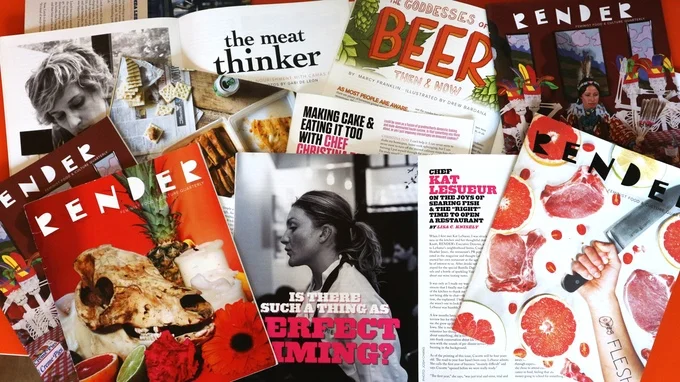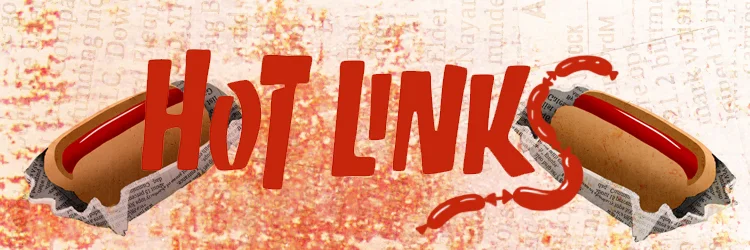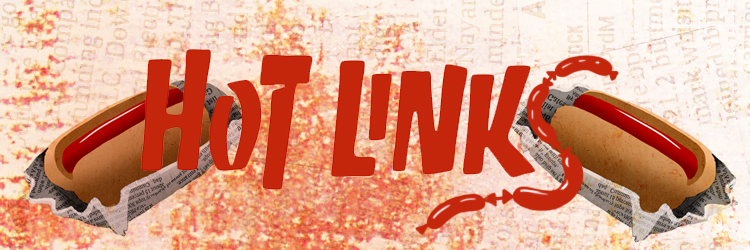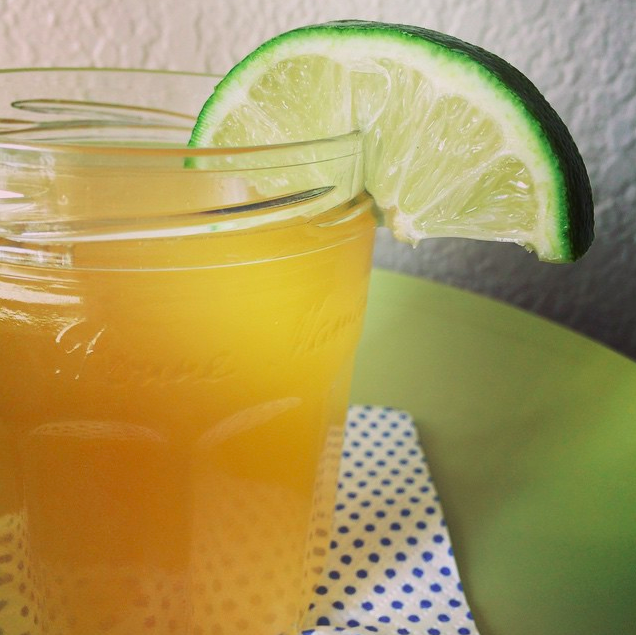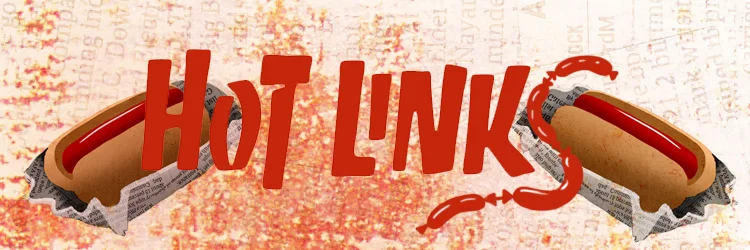Illustration by Molly Mendoza.
Welcome to Savor the Science! In each Savor the Science, RENDER’s resident chemist, Claire Lower, will explore culinary questions through a scientific lens, perfecting recipes and demystifying techniques. Theories and reactions will be discussed and experiments will be performed; it’s like your high school chemistry class, only edible. Twice a month, Claire will take a scientific concept (such as the acid-base reactions in baking, macerating, or Maillard browning), explain it in a way that would make Bill Nye proud (hopefully), and then provide an edible experiment which allows you to demonstrate your new scientific food knowledge.
If you are a maker of pies (or just a reader of food blogs), you have most likely heard of the “Foolproof Pie Crust” that utilizes vodka. First developed by J. Kenji López-Alt (of The Food Lab) for America’s Test Kitchen, the secret to this perfectly flaky and tender crust is twofold.
The success of this recipe is partially attributed to vodka – which inhibits gluten formation – and partly to method, which involves what some would call “over-mixing” a portion of the flour used.
We’ll discuss and test both aspects, starting with why you should (theoretically) pour precious booze into your pie crust.
The reason is gluten. Gluten has gotten a bit of an undeserved bad reputation. Though it seems that everyone and their yoga instructor has a strong opinion about the stuff, it’s doubtful that they can actually define what it is. Usually, I am a huge fan of gluten and will defend it until I am blue in the face. I want it in everything, except my pie crusts (more on why in a minute).
Gluten is not a gremlin developed by GMO scientists to clog up your intestinal tract. Gluten is a composite of two proteins, gliadin and glutenin, which are held together by starch found in wheat and other grains. These conjoined proteins are what gives breads, pretzels, and similar goods their delightfully chewy texture. Gluten is great for pizza dough, but not so much for delicate pastries like croissants or pie crust.
When you first start mixing your dough, gliadin and glutenin are kind of lumped together without any order. According to Bethany Moncel at About.com Food, “as bread dough is kneaded, these proteins line up and strands of gluten form to create a matrix within the bread dough. This matrix creates strength and structure, which traps gases and allows the dough to rise.” The matrix is important if there’s any sort of leavening taking place; if there’s no network to trap the gas, your bread will be flat.
Water promotes gluten formation, which is why you use as little of it as possible when making a pie crust. Neither gliadin nor glutenin like being around water (in other words, they are hydrophobic), and they avoid it by turning towards each other. The less water you add, the lighter and flakier the crust.
For those reasons alone, replacing water with vodka is a stroke of genius. Not only are you moistening your dough without adding any water, you are also introducing an ingredient that actually inhibits gluten formation. Half of gluten (gliadin, to be exact) has a fondness for drink (well, is attracted to ethanol on a chemical level, but I’m trying to make this fun). When you add vodka to your pie dough, gliadin is drawn to it and less likely to hang out with glutenin. This is great news for you (and your crust), but sad for gliadin, as he is now very lonely. Vodka likes to love ‘em and leave ‘em, and holds everyone together just long enough; once the pie is in the oven, the vodka evaporates, and it’s like it was never there.
But that’s only half of López-Alt’s recipe. The other half is pre-blending your fats with only a portion of the dry ingredients until you get a paste that looks like cottage cheese curds.
According to the innovator himself, "That was the one that I think should really have put it on the map, because it challenged some basic assumptions about how pie crusts look on a microscopic level." This technique ensures you have a more homogenous crust, without pockets of butter scattered unevenly.
Some are such huge fans of this specific technique that they recommend skipping the vodka altogether. Bartender and Last Call columnist JK Grence thinks you should save your precious booze and rely solely on the paste:
“The big secret is to thoroughly mix just part of the flour with the fat when you start. Those flour particles get completely coated in fat, and can't develop gluten. When you add the rest of the flour, just the right amount of gluten develops, giving you flawless pie crust every time. Now, you can save your vodka for a delicious White Russian.”
It does make sense that the flour that’s coated in fat won’t be able to develop much gluten, as fat would keep any water from accessing the flour. But what about the rest of the flour? And what is “just the right amount of gluten?”
I'm sure a group of food chemists could debate these questions for hours; however, preferring empirical evidence to conjecture, I decided to make three pecan pies and test all the theories.
I made one crust by following J. Kenji López-Alt’s recipe as close as possible, the second using the pre-mixing method but omitting the vodka and using water, and the last one using the same all-butter recipe I always use, but using vodka instead of water to moisten the dough. (Both recipes can be found at the end of this post.)
Let’s talk results. First off, all of these crusts were completely edible. Each one was a good pie crust. There was, however, a clear winner.
J. Kenji López-Alt knows what he’s talking about. Following his recipe and method resulted in the tastiest, flakiest, and most uniform crust of the three. It should be noted that this was a very fragile dough to work with. I had to make two attempts at rolling it out and a lot of flour was used to keep it from sticking. Even with the extra rolling, it still turned out great.
Foolproof indeed.
The crust that utilized López-Alt’s method of pre-mixing part of the flower into a buttery paste, but omitting the vodka, worked fairly well, but the crust was a little drier and took a bit more chewing.
Not bad.
The all-butter crust in which I subbed water for vodka came out very tender, but also very crumbly. It was almost a little powdery.
Good, but unimpressive.
The takeaway? Besides the fact that I now have total faith in López-Alt and his methods, I learned that even though vodka gets all the attention as the trick to perfect pie crusts, it’s important to not neglect the rest of the recipe. The pre-mixing part of the flour matters, too.
It also strengthens my belief in the value of experimentation. López-Alt performed over one hundred-thirty individual tests before he was satisfied with the results. I’m glad he did, because these results are delicious.
Recipes:
Epicurious Butter Pie Crust (adapted from Epicurious.com):
Ingredients:
2 ½ cups all purpose flour
1 tablespoon sugar
3/4 teaspoon salt
1 cup (2 sticks) chilled unsalted butter, cut into ½-inch cubes
6 tablespoons (roughly) cold vodka
Instructions:
Mix flour, sugar, and salt in processor. Add butter; pulse until coarse meal forms. Gradually blend in enough vodka to form moist clumps. Gather dough into ball; divide in half. Form dough into 2 balls; flatten into disks. Wrap each in plastic; chill for 2 hours or overnight.
J. Kenji LÓpez-Alt’s Foolproof Pie Crust (via the New York Times online):
Ingredients:
2 ½ cups unbleached all-purpose flour (12 ½ ounces)
1 teaspoon table salt
2 tablespoons sugar
12 tablespoons cold unsalted butter (1 ½ sticks), cut into ¼-inch slices
½ cup chilled solid vegetable shortening, cut into 4 pieces
¼ cup cold vodka
¼ cup cold water (Note: I found that water wasn’t needed at all.)
Instructions:
1. Process 1 ½ cups flour, salt, and sugar in food processor until combined, about 2 one-second pulses. Add butter and shortening and process until homogeneous dough just starts to collect in uneven clumps, about 15 seconds (dough will resemble cottage-cheese curds, and there should be no uncoated flour). Scrape bowl with rubber spatula and redistribute dough evenly around processor blade. Add remaining cup flour and pulse until mixture is evenly distributed around bowl and mass of dough has been broken up, 4 to 6 quick pulses. Empty mixture into medium bowl.
2. Sprinkle vodka and water over mixture. With rubber spatula, use folding motion to mix, pressing down on dough until dough is slightly tacky and sticks together. Divide dough into two even balls and flatten each into 4-inch disks. Wrap each in plastic wrap and refrigerate at least 45 minutes or up to 2 days.

